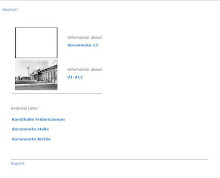 The words "chaste" and "chastity" stems from the proto-Indo-European root "kes" meaning "to cut or divide" and more recently the Latin word "castus" meaning "to cut off from".
The words "chaste" and "chastity" stems from the proto-Indo-European root "kes" meaning "to cut or divide" and more recently the Latin word "castus" meaning "to cut off from".This is closely related to the word caste, castrate, castigate, and incest.
In English, the words "chaste" and "chastity" arose around the middle of the 13th century, with "chaste" being slightly older.
When the words entered the English language, they meant slightly different things. "Chaste" meant "virtuous or pure from unlawful sexual intercourse" (referring to extramarital sex), while "chastity" meant "virginity". It was not until the late 16th century that the word "chaste" had about the same meaning as "chastity".
Chastity is sexual behavior of a man or woman acceptable to the ethical norms and guidelines of a culture, civilization, or religion.
In the western world, the term has become closely associated (and is often used interchangeably) with sexual abstinence, especially before marriage.
However, the term remains applicable to persons in all states, single or married, clerical or lay, and has implications beyond sexual temperance. Placed opposite the deadly sin of lust, Chastity has been classified as one of seven virtues.
Curator: C.I.A.


















